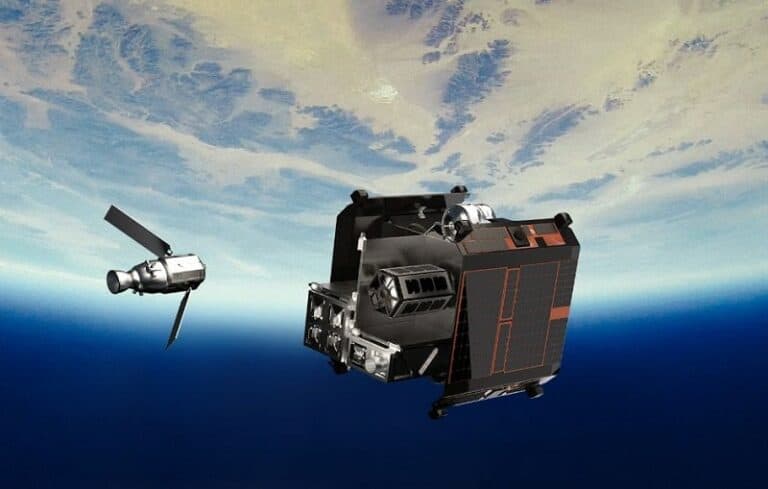AWS has managed to run compute and machine learning services on a satellite in orbit. The test should help onboard data analysis on satellites using cloud technology.
The tech giant is the first cloud provider to succeed in supporting data analysis onboard a low Earth orbit (LEO) satellite. During the 10-month test, D-Orbit’s ION satellite hosted an AWS computer with machine learning software. The computer managed to process and analyze large amounts of raw data collected by the satellite.
The test paves the way for edge applications in satellites. Data processed onboard doesn’t have to be sent back to Earth, which can be a costly endeavour. AWS indicates that the assessment opens up opportunities for new solutions.
Collaboration
The test was conducted by AWS and several partners. The project involved a space-ready ‘processing payload’, which is a fancy word for one of Sweden-based Unibap’s computers. The computer was loaded with AWS ML models to analyze satellite imagery and AWS IoT Greengrass to provide cloud management and analytics functionality during periods of limited connectivity. The computer was then mounted in D-Orbit’s ION satellite and launched. Testing has been underway since late January of this year.
The onboard AWS AI and ML services reduced the sizes of satellite imagery by up to 42 percent. This enabled higher processing and analysis speeds in orbit. By making cloud functionality available in space, satellite operators will soon be able to transfer data more easily and efficiently.
Bidirectional data transmissions were spread across multiple ground stations to minimize latency. AWS realized the infrastructure by setting up a reliable TCP/IP proxy between the satellite and its cloud environment. This allowed employees to handle file transfers automatically without having to route downlinks manually across multiple contact points.
Techzine is attending AWS re:Invent this week. Keep an eye on the website for more. You can find the most important news in this overview.
